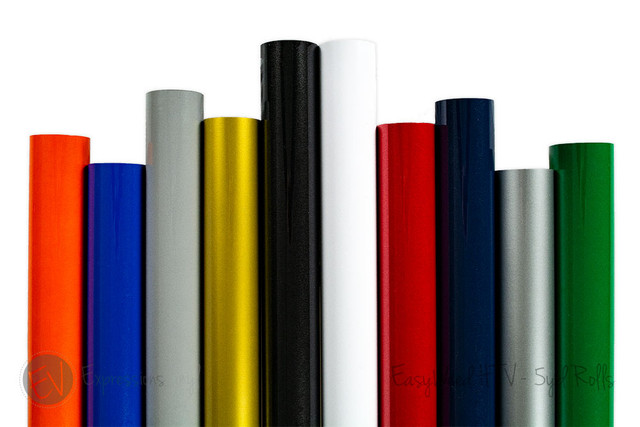Your vehicle’s suspension system is an essential component that ensures a smooth and controlled ride. It absorbs shocks, maintains tire contact with the road, and supports the weight of your car. However, like any other part of a vehicle, the suspension system is subject to wear and tear, particularly from everyday driving and road conditions. Ignoring signs of a failing suspension system can lead to compromised safety, poor handling, and costly repairs.
In this article, we’ll discuss the key signs that indicate your car’s suspension system needs immediate attention and provide actionable steps to address these issues effectively.
The Role of the Suspension System
Before diving into the warning signs, it’s essential to understand the purpose and components of your car’s suspension system. This system comprises several parts, including:
- Springs: These absorb and cushion shocks from the road.
- Shocks and Struts: These control the motion of the springs and maintain stability.
- Control Arms: These connect the wheels to the vehicle’s frame and allow for controlled movement.
- Ball Joints and Bushings: These provide flexibility and reduce friction between components.
Together, these elements ensure that your car handles well, offers a comfortable ride, and remains stable under various driving conditions.
1. Excessive Bouncing or Rough Rides
One of the most noticeable signs of suspension issues is a rough or bouncy ride. If you feel every bump on the road or if your car continues to bounce after hitting a pothole or speed bump, it’s likely that your shocks or struts are worn out.
What to Do:
- Perform a “bounce test” by pushing down on the hood of your car. If it bounces more than two to three times before settling, your shocks or struts may need replacement.
- Schedule an inspection with a trusted mechanic, such as those at Carl’s Reliable Auto Repair, to diagnose the issue accurately.
2. Uneven Tire Wear
Your tires provide valuable clues about the condition of your suspension system. Uneven or premature tire wear often indicates problems with alignment, shocks, or other suspension components. For instance:
- Cupping: This pattern suggests that the shocks or struts are not dampening the motion of the tires effectively.
- Inner or Outer Edge Wear: This typically points to alignment issues caused by worn control arms or bushings.
What to Do:
- Inspect your tires regularly for unusual wear patterns.
- Rotate your tires every 5,000 to 7,500 miles to promote even wear.
- Have your alignment checked during routine maintenance.
3. Pulling or Drifting While Driving
If your car pulls to one side or feels unstable while driving, it could indicate suspension problems. This issue often arises from:
- Worn or damaged control arms.
- Misaligned wheels.
- Faulty shocks or struts.
Pulling or drifting can also compromise your ability to maintain control of the vehicle, especially during turns or in wet conditions.
What to Do:
- Ensure your tires are properly inflated and aligned.
- If the problem persists, consult a professional auto mechanic to inspect your suspension system and steering components.
4. Noise When Driving Over Bumps or Turning
Unusual noises, such as clunking, squeaking, or rattling, often signal issues within the suspension system. These sounds may result from:
- Worn ball joints or bushings.
- Loose or damaged control arms.
- Broken springs or struts.
What to Do:
- Pay attention to when and where the noise occurs, as this can help pinpoint the problem.
- Avoid driving on rough roads until the issue is resolved to prevent further damage.
- Schedule a diagnostic check to identify the specific component causing the noise.
5. Vehicle Sits Lower on One Side
If one corner of your car appears lower than the others, it’s a clear sign of suspension trouble. This issue is often caused by:
- A broken or sagging spring.
- Uneven weight distribution due to a faulty shock or strut.
Driving with an uneven suspension can lead to additional problems, such as uneven tire wear and poor handling.
What to Do:
- Visually inspect your car for uneven height.
- Avoid driving long distances until the issue is addressed.
- Replace damaged springs or shocks promptly to restore balance and stability.
How Suspension Problems Affect Overall Performance
A failing suspension system doesn’t just affect ride comfort; it also impacts other critical aspects of your vehicle’s performance:
- Braking Distance: Worn shocks or struts can increase stopping distances, particularly on wet or slippery roads.
- Steering Control: A compromised suspension system reduces your ability to steer accurately, especially during emergencies.
- Fuel Efficiency: Misaligned wheels and uneven tire wear increase rolling resistance, reducing fuel efficiency.
Preventative Maintenance for Your Suspension System
To avoid costly repairs and ensure a smooth ride, regular maintenance is essential. Here are some tips:
- Schedule Routine Inspections: Have your suspension system checked during regular maintenance visits.
- Monitor Tire Pressure: Proper tire pressure reduces stress on suspension components.
- Replace Worn Parts Promptly: Address minor issues before they escalate into major problems.
- Drive Responsibly: Avoid aggressive driving, which puts unnecessary strain on your suspension system.
Why Professional Diagnosis Matters
Suspension issues often have overlapping symptoms, making it challenging to identify the exact cause without professional expertise. Skilled mechanics at Carl’s Reliable Auto Repair use advanced diagnostic tools to pinpoint the problem and recommend the best course of action. Their thorough approach ensures that your vehicle’s suspension system is restored to optimal condition.
Conclusion
Your car’s suspension system is vital for ensuring safety, comfort, and performance. Ignoring warning signs like excessive bouncing, uneven tire wear, or unusual noises can lead to more significant problems and costly repairs. By staying vigilant and addressing issues promptly, you can extend the life of your suspension system and enjoy a smoother driving experience.
For expert care and reliable service, trust Carl’s Reliable Auto Repair to keep your vehicle in peak condition. With regular maintenance and timely repairs, your car will handle every road with confidence and stability.



